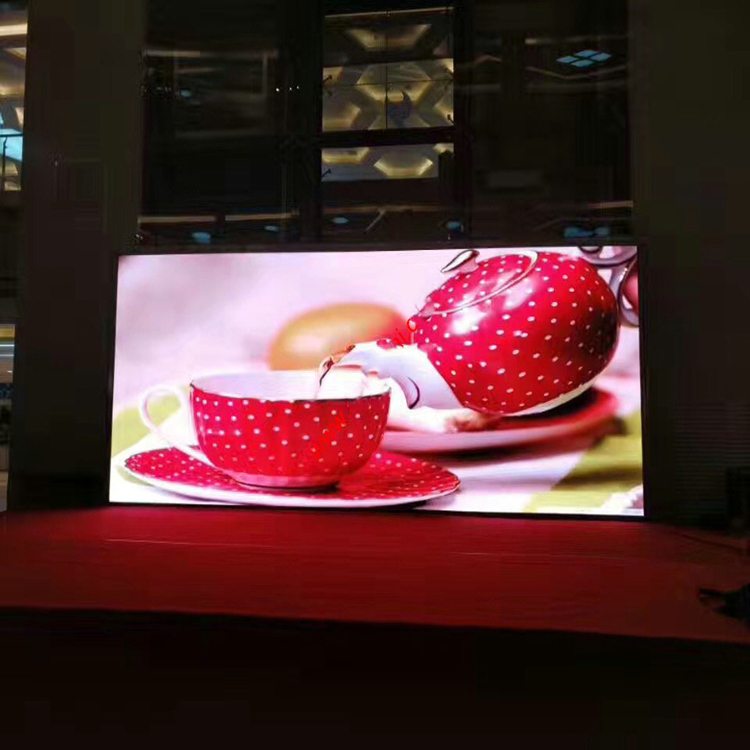The application of Led electronic display is more and more extensive. People pay attention to the high brightness and high-definition picture brought by the display, and also pay attention to the led light, the driving IC, the switching power supply, and the improvement of the requirements for highlighting. People have neglected the characteristics of energy saving. In order to achieve good energy-saving goals, excessive pursuit of high brightness is contrary to energy conservation. Then Led electronic display screen high brightness and high energy saving what kind of potential relationship, Led electronic display manufacturer Terence to explain.
At present, the more popular 12000 cd/m2 high-brightness LED lamps in China are basically using large-size LED chips. This large-size LED chip is widely used by most Led electronic display manufacturers as a mainstream market, and there is no core technology. As is well known, the brightness of the LED screen is proportional to the drive current of the LED lamp. The brightness of 12000 cd/m2 is nothing more than increasing the driving current of the LED lamp. However, the physical characteristics of LED lamps will be inevitable: high-brightness LED lamps must be accompanied by high attenuation and low stability. High attenuation is not conducive to the long-term use requirements of Led electronic display, but also becomes a congenital defect of excessive pursuit of high brightness, and this inherent defect will damage the life and picture effect of Led electronic display all the time and multiplier effect.
Taking the high-brightness PH16mm display as an example, the technical parameters of this high-brightness LED lamp show that the brightness of 12000cd/m2 will be seriously attenuated to 8000cd/m2 within 1.5-2 years, and its annual attenuation rate is over 20%. In fact, consumers can verify in a very simple way, that is, look at the effect of several high-brightness displays that have been running for more than 2 years and use more than 12 hours a day. What is more serious is that after the brightness has dropped from 12000 cd/m2 to 8000 cd/m2, the high operating current has not changed, and the speed of brightness decay is further multiplied, so that the later decay speed is several times faster and becomes high attenuation. Display. Moreover, it exists in the vicious cycle of brightness decay, and it cannot meet the requirements of long-term use.
In order to avoid light pollution and comply with environmental regulations, the brightness standard of Led electronic display day and night is not the same. It is well known that reducing the brightness will more or less lose gradation, and the greater the brightness adjustment, the greater the gradation loss. Therefore, if the initial brightness value of the Led electronic display during the day is set to 12000 cd/m2, and the brightness is reduced to 800 cd/m2 at night, the gradation is extremely lost, so that the night picture quality becomes poor; or the brightness cannot be adjusted to Standard requirements for nighttime use form severe light pollution.

From this point of view, the high value of the market is highly valued. In terms of Led electronic display manufacturing technology, it does not mean that the technology is leading, but a high current and high brightness that is severely sacrificed in exchange for the display life. On the contrary, it is inevitable that people will be sloppy and stretched.
Excessive pursuit of brightness should belong to a market misunderstanding, when the technology has not reached the corresponding level, or the technology can not solve the bottleneck, and the user has too high demand for highlights, ignoring the brightness of the led electronic display The impact of the degree has a certain impact on the balance of the product.

